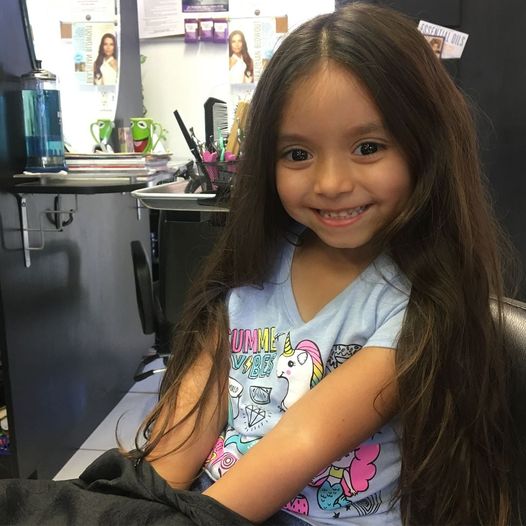Before school started, a mother took her 8-year-old daughter to a hairdresser to get her hair cut.
The girl sat down and the hairdresser started combing her hair as they waited for their turn. The hairdresser was surprised as soon as she inserted the comb into her hair.
The girl had thousands of small insects in her hair, which the woman found unbelievable. He noticed that the parasites on the girl’s head were indeed lice as he peered closer.
The barber called the girl’s mother right away and inquired about the issue her daughter was having. The mother said that she was aware, but she had no idea how to get rid of the lice on the young girl’s head because it did not seem like a big deal.
Hearing her mother’s explanation left the barber stunned, but she felt compelled to share the tale in order to raise awareness of the dangers of lice, particularly in children.
Thankfully, there are numerous therapies available to get rid of these parasites. If you or a member of your family has lice, you should seek medical attention right away or utilize lice removal products. They spread quickly from one individual to another.
Small, wingless parasitic insects known as lice live exclusively on human blood. Through close personal contact and sharing of possessions, lice are easily spread, particularly by schoolchildren.
Symptoms
Nits on hair
Head lice Open pop-up dialog box
Common signs and symptoms of lice include:
Intense itching on the scalp, body, or in the genital area.
Tickling feeling from the movement of hair.
Lice on your scalp, body, clothing, pubic or other body hair. Adult lice may be about the size of a sesame seed or slightly larger.
Lice eggs (nits) on hair shafts. Nits may be difficult to see because they’re very tiny. They’re easiest to spot around the ears and the nape of the neck. Nits can be mistaken for dandruff, but unlike dandruff, they can’t be easily brushed out of hair.
Sores on the scalp, neck, and shoulders. Scratching can lead to small red bumps that can sometimes get infected with bacteria.
Bite marks especially around the waist, groin, upper thighs, and pubic area.
